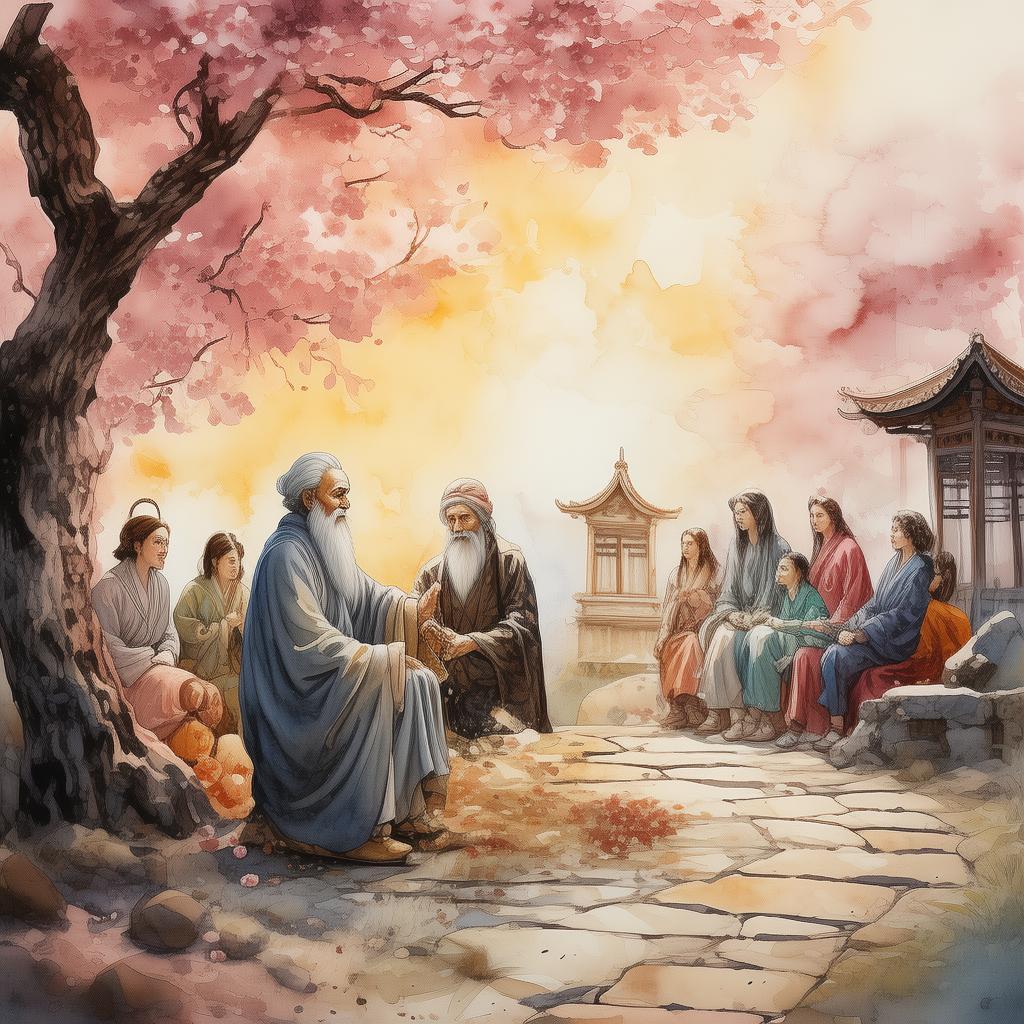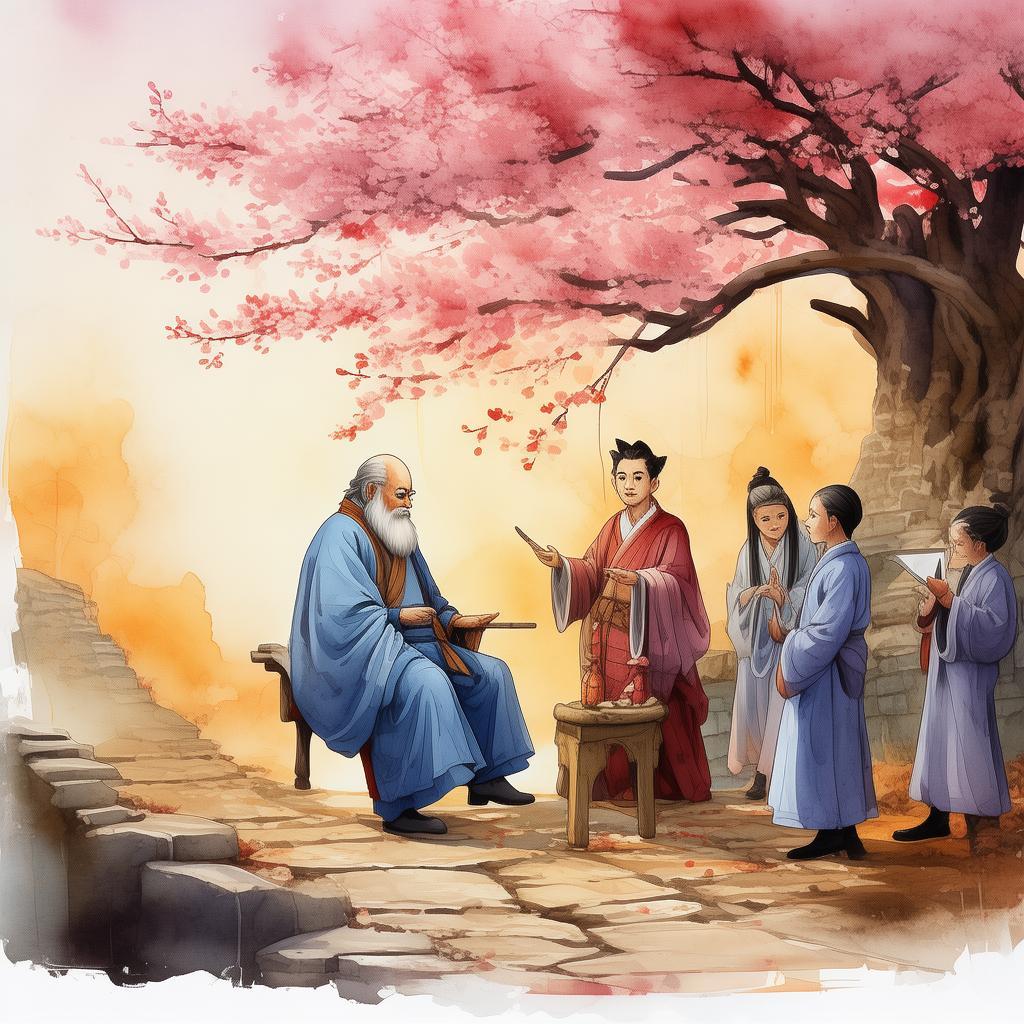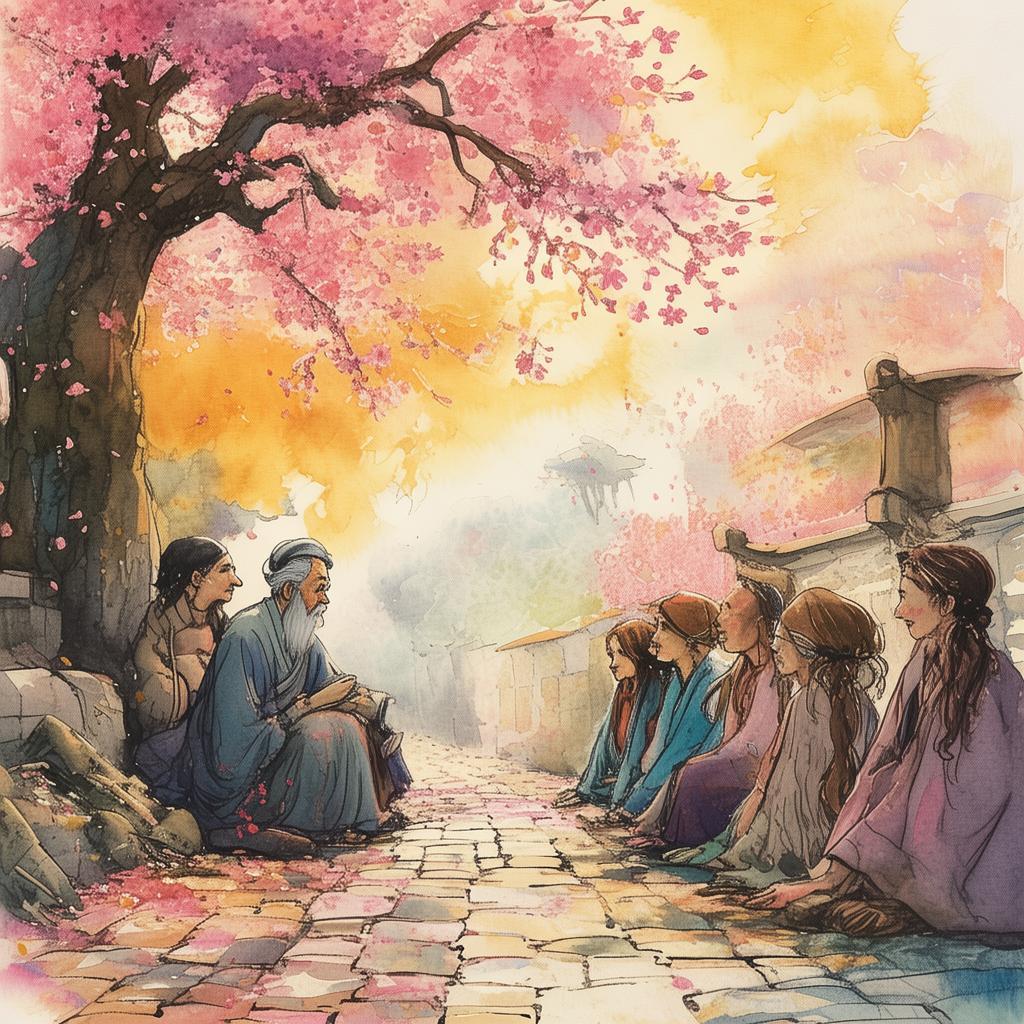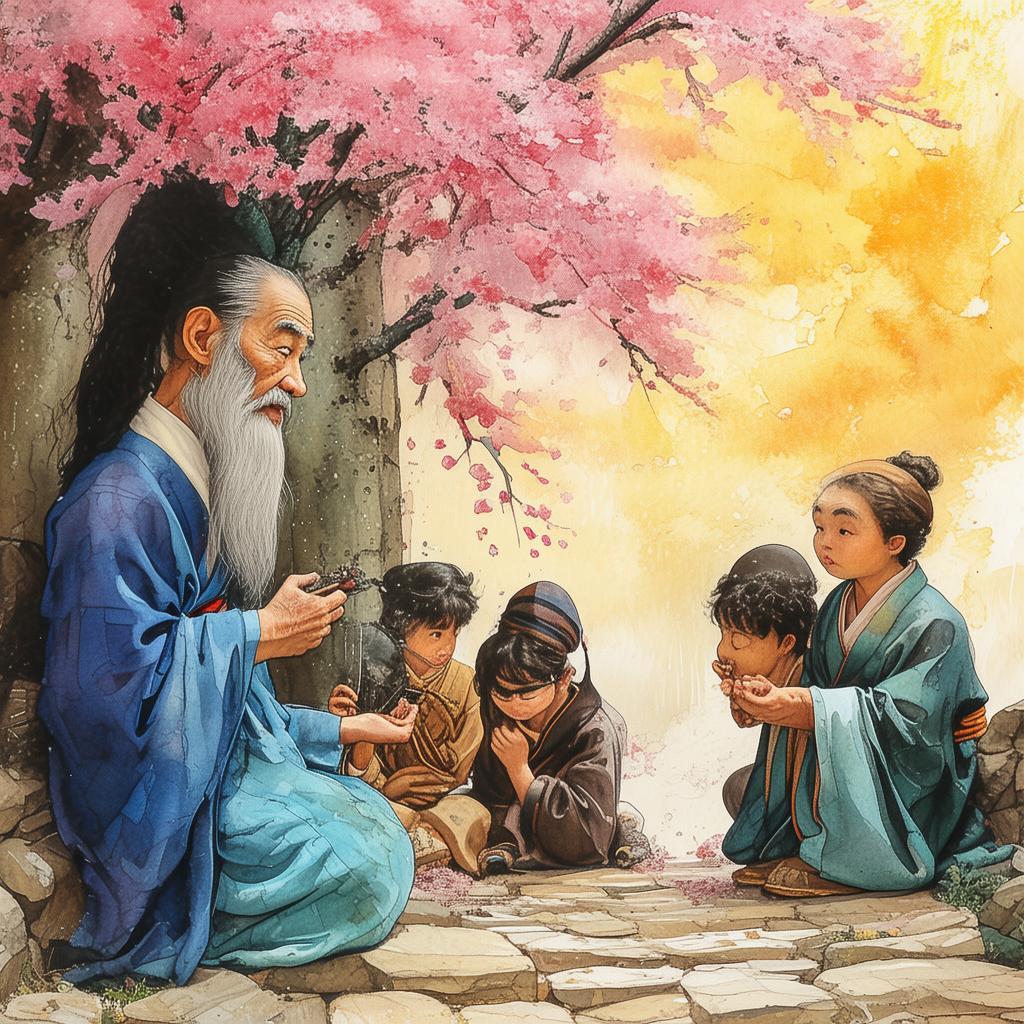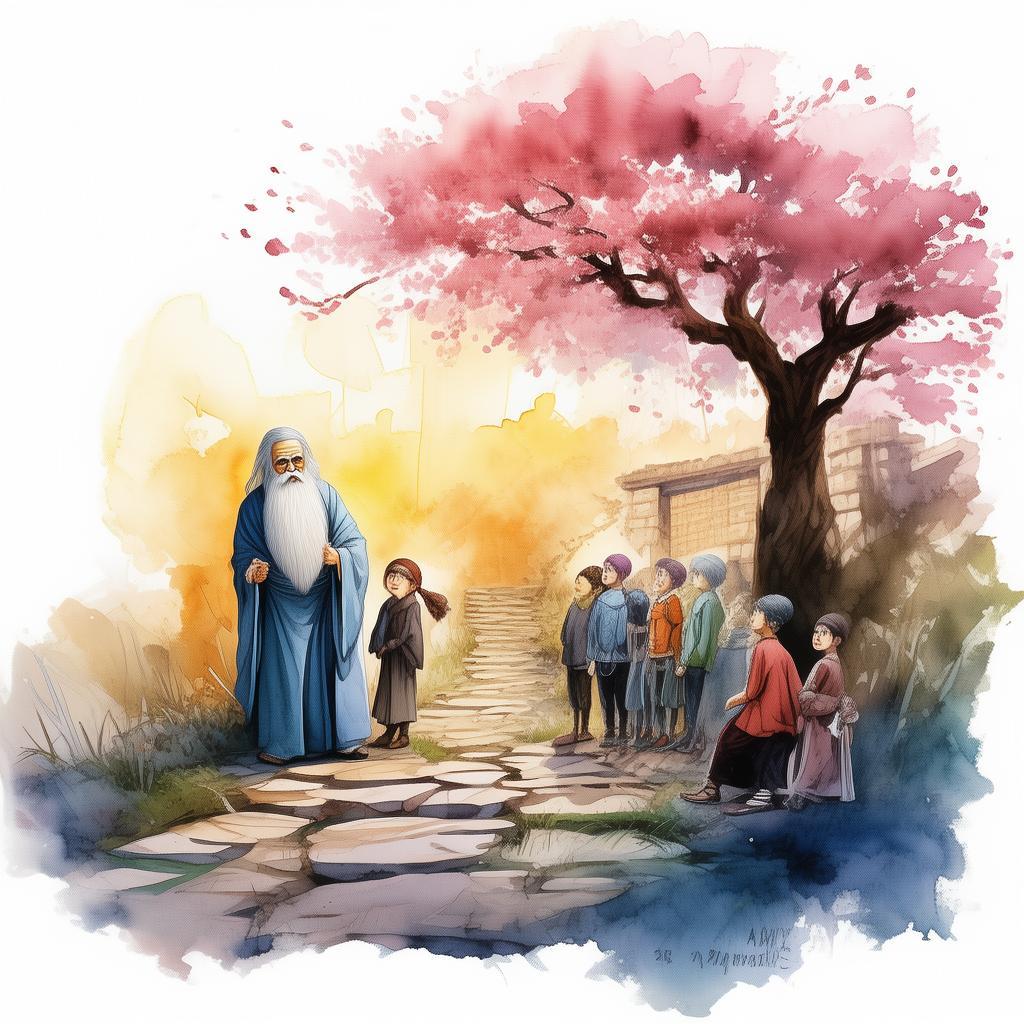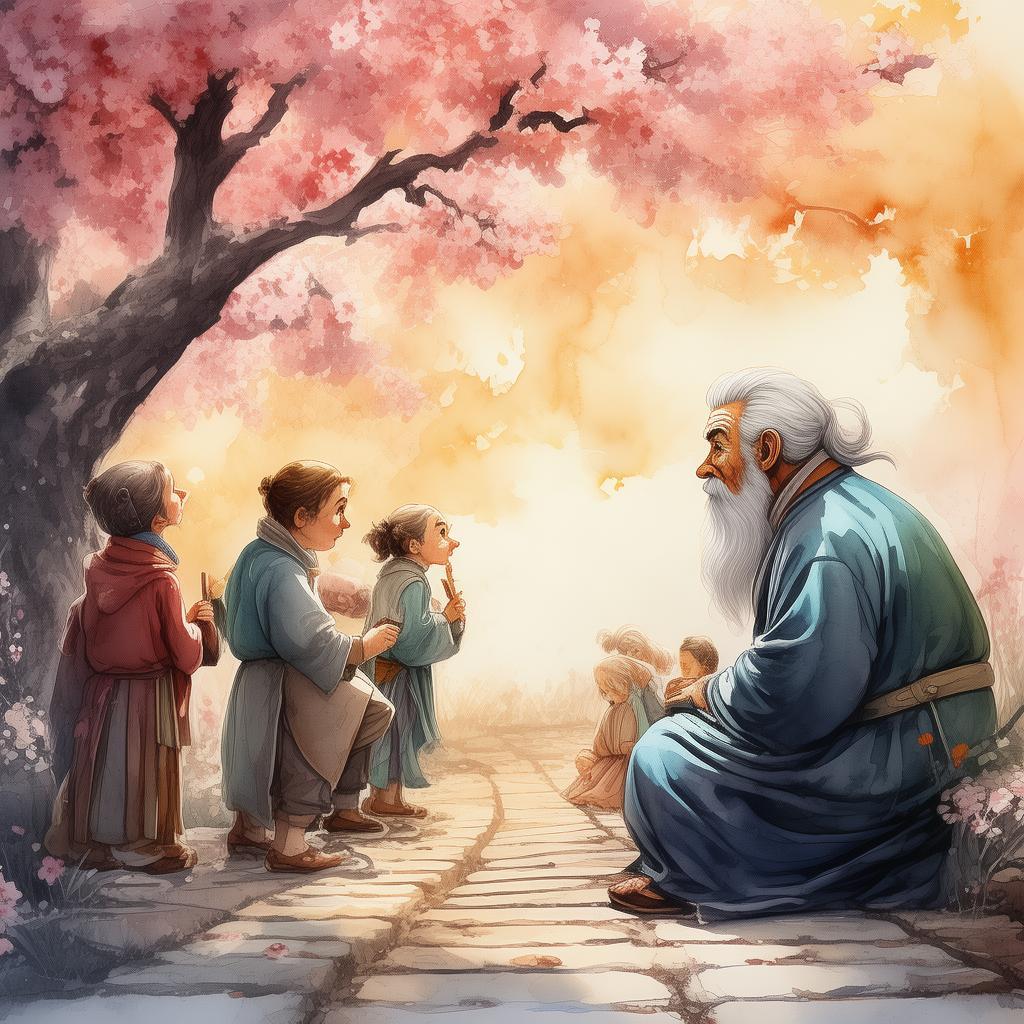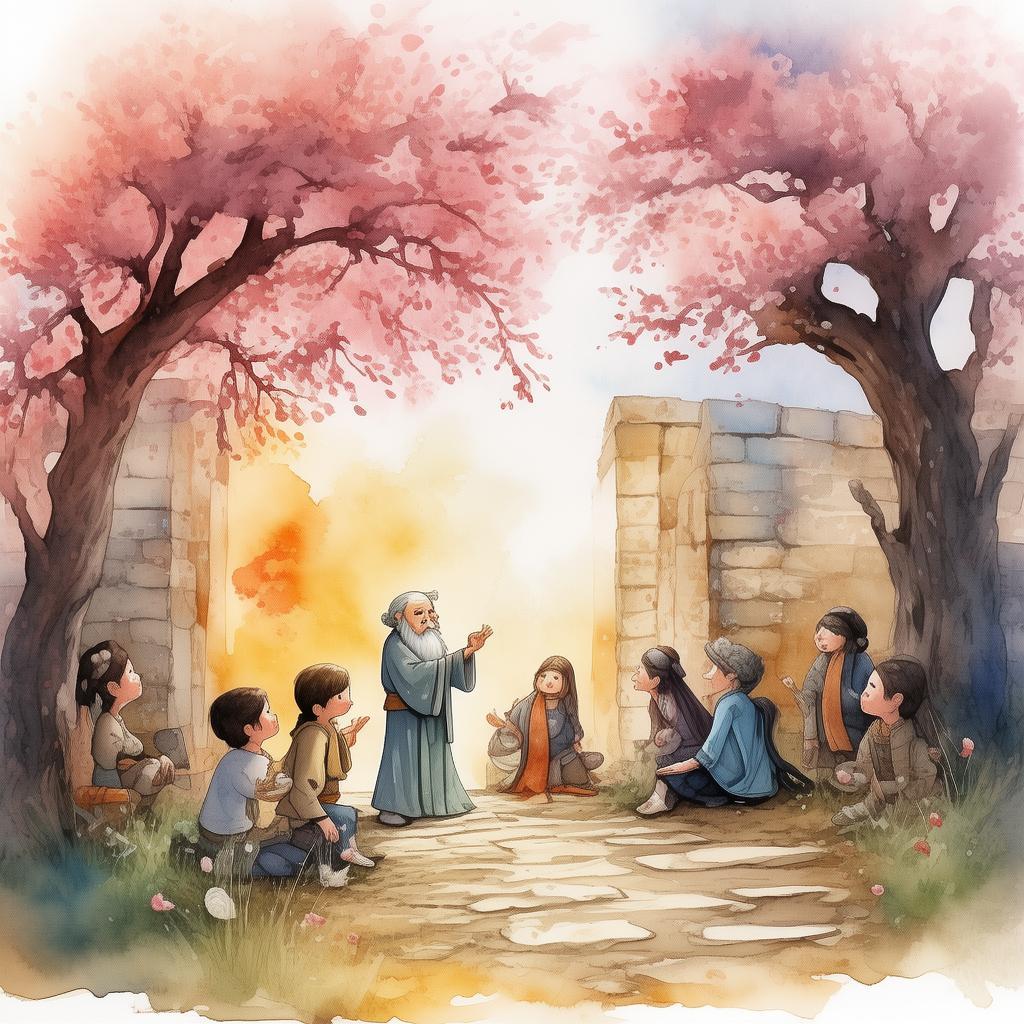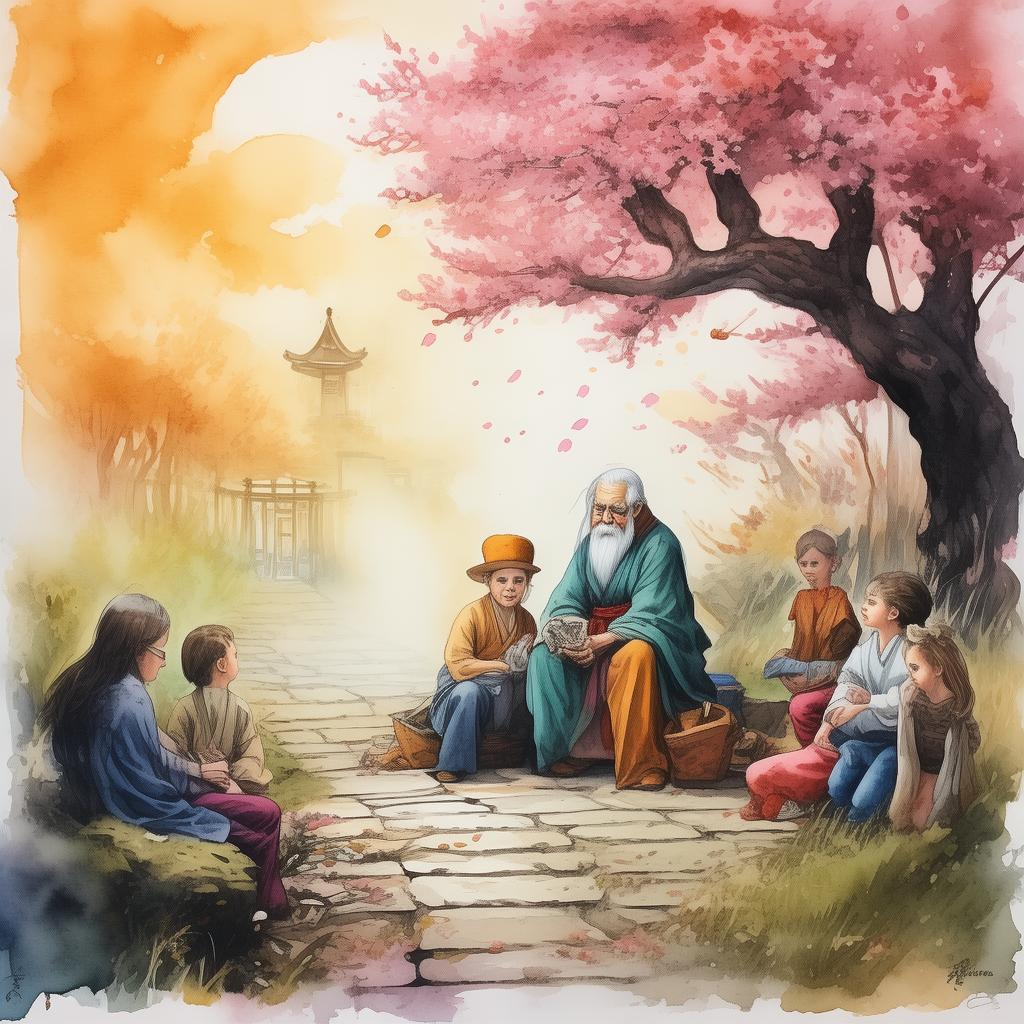The Paradox of the Peony and the Equation
In the heart of an ancient Chinese garden, where the peonies bloomed in vibrant hues, there lived a young woman named Ling. She was not just any woman; she was a prodigy in mathematics, with a mind that could unravel the most complex equations with ease. However, there was one equation that had eluded her for years—a paradox that seemed to defy the very fabric of mathematics.
The equation was simple on the surface, but its implications were profound. It was a formula that spoke of the peony's life cycle, its blooming, and its inevitable withering. The equation was a paradox because it suggested that the peony could both live and die at the same time, a concept that seemed to defy logic.
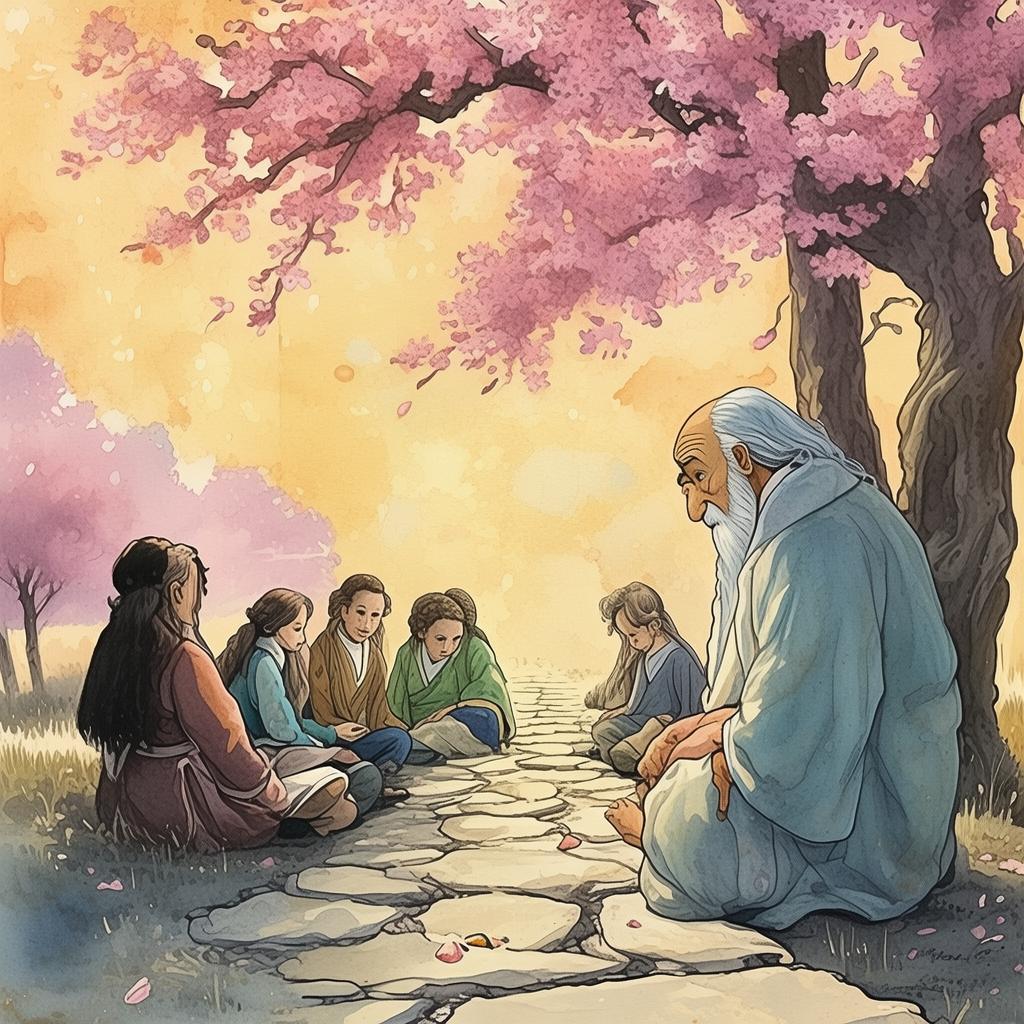
Ling spent countless nights pondering this equation, her eyes fixed on the peonies that danced in the gentle breeze. She was determined to find a solution, to understand the paradox that had captivated her since she was a child. The peony, with its lush petals and sweet scent, had always been a symbol of beauty and resilience. But now, it was a puzzle that she felt she had to solve.
One evening, as the sun dipped below the horizon, casting a golden glow over the garden, Ling sat down at her desk, her eyes scanning the equation once more. She felt a sudden urge to step outside, to stand among the peonies and see if they could offer her any clues. As she walked through the garden, she noticed something unusual—a peony that seemed to be both blooming and withering simultaneously.
Intrigued, she knelt down to examine it more closely. The petals were lush and vibrant, yet they were also beginning to droop and fade. It was as if the peony was caught in a timeless loop, neither fully alive nor fully dead. This observation gave Ling an idea. She began to wonder if the equation could be a reflection of the peony's life cycle, a cycle that was both continuous and cyclical.
She returned to her desk, her mind racing with possibilities. She realized that the equation was not just a mathematical problem; it was a metaphor for life itself. The peony, with its paradoxical existence, was a reminder of the duality of existence—how life and death, growth and decay, were intertwined and inseparable.
As she worked through the night, Ling began to see patterns in the equation that she had never noticed before. She realized that the key to solving the paradox was not in the equation itself, but in understanding the peony's life cycle. It was a realization that came to her as she watched the peony in the garden, its petals swaying gently in the wind.
The next morning, as the first light of dawn filtered through the trees, Ling stood before the peony, her eyes filled with a newfound understanding. She had solved the equation, not through mathematical prowess, but through a deep connection with the natural world.
The equation was no longer a paradox; it was a testament to the beauty and complexity of life. The peony, with its blooming and withering, was a symbol of the eternal cycle of existence. And in that moment, Ling felt a profound sense of peace, knowing that she had not only solved a mathematical mystery but also uncovered a deeper truth about the world around her.
The story of the peony and the equation spread like wildfire through the mathematical community. It was a tale of not just mathematical genius, but of an intimate connection with the natural world. Ling's discovery became a symbol of the beauty that can be found in the most unexpected places, a reminder that sometimes, the answers we seek are not found in equations, but in the world around us.
✨ Original Statement ✨
All articles published on this website (including but not limited to text, images, videos, and other content) are original or authorized for reposting and are protected by relevant laws. Without the explicit written permission of this website, no individual or organization may copy, modify, repost, or use the content for commercial purposes.
If you need to quote or cooperate, please contact this site for authorization. We reserve the right to pursue legal responsibility for any unauthorized use.
Hereby declared.

